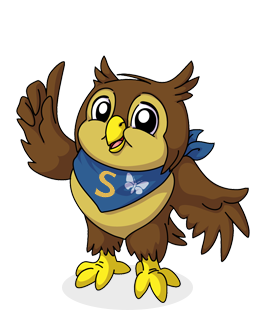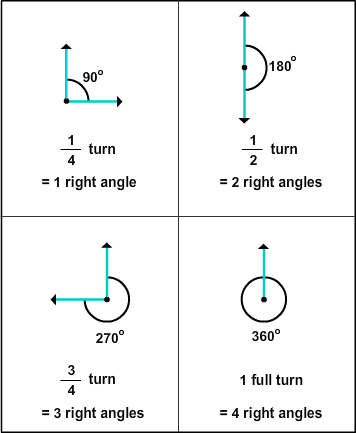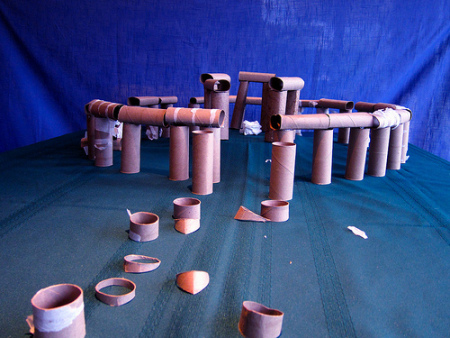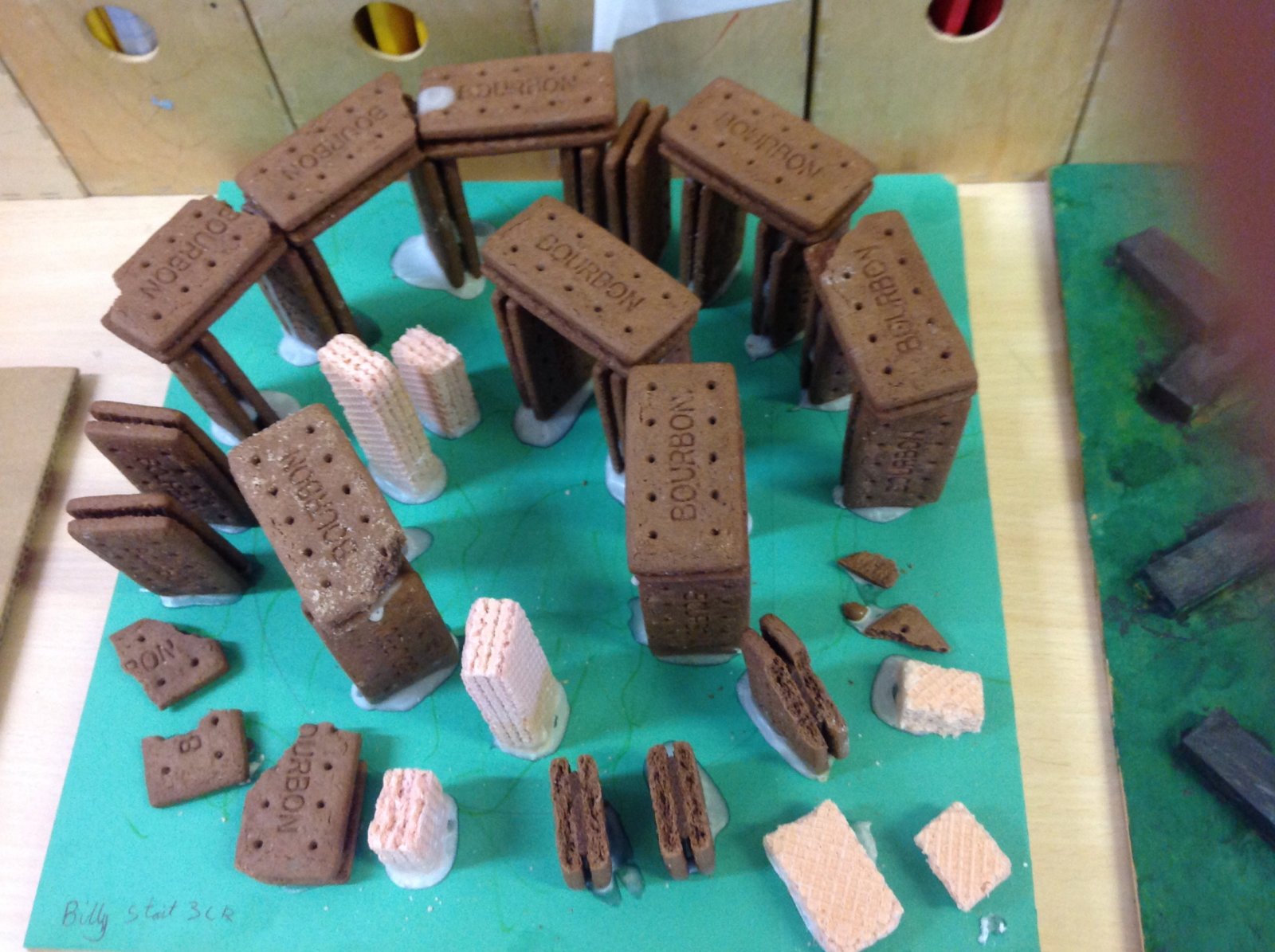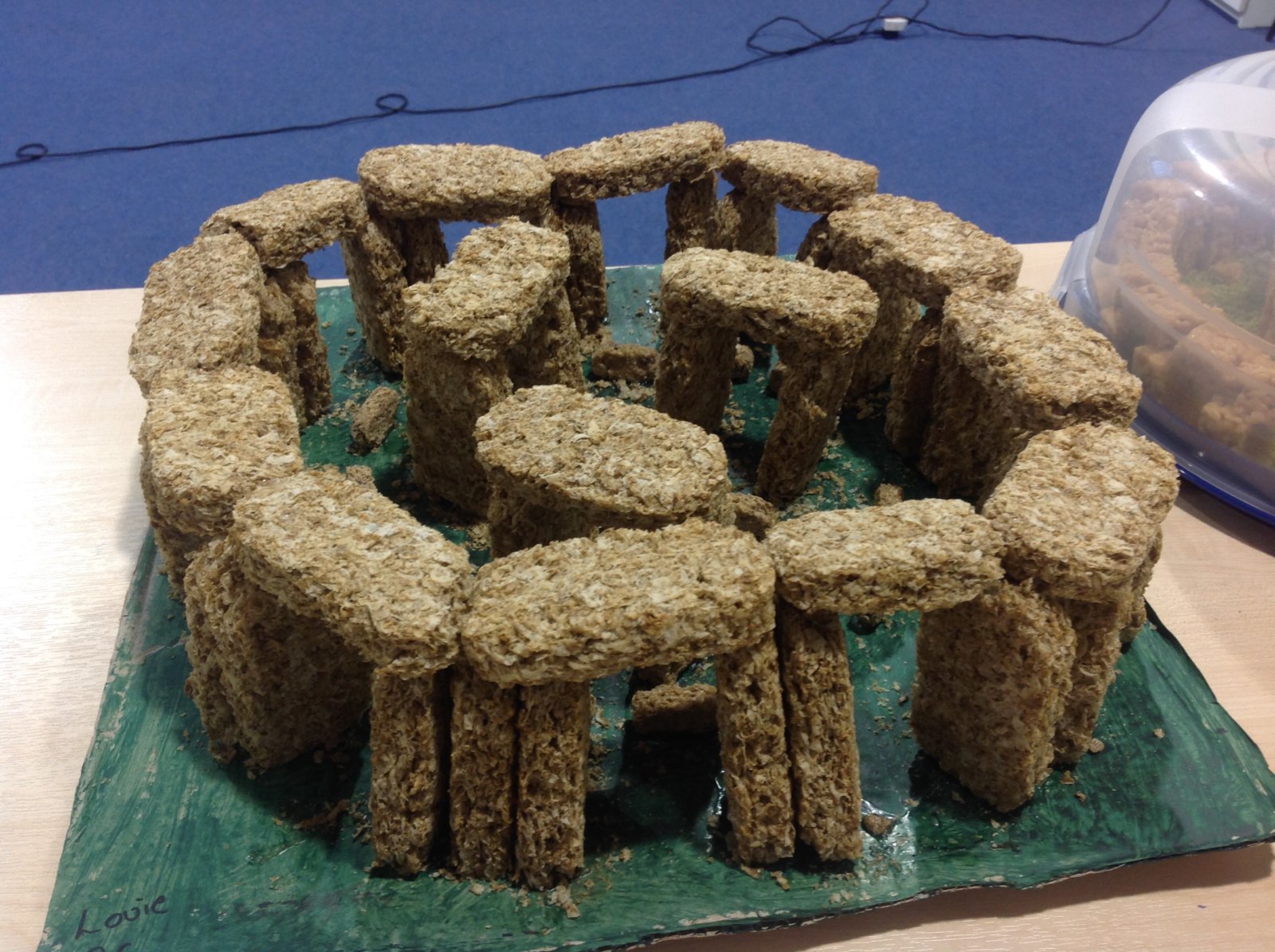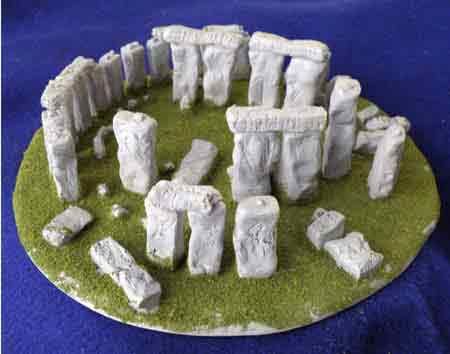Friday 15th May – Home Learning
Friday? Already! Where did that week go?
Just a quick reminder…if you could send me picture of your child with a piece of their home learning by 11.00am to t.prior@southill.dorset.sch.uk then I will make sure that it makes an appearance in the ‘end of the week’ class video. It would be great if we could see as many year three faces as possible!
In addition, thank you to those who emailed me back this week. Remember, it is essential to ‘check-in’ during the week so please email me to let me know that you are ok. See it as us simply taking the register.
Apart from that, have an amazing day,
Mr. Prior ?
Spellings
Time for the test! Best of luck, everybody.
certain
circle
complete
consider
continue
In addition, here are next week’s spellings for you to begin learning:
decide
describe
different
difficult
disappear
Challenge- find out what the spellings mean using a dictionary and try to use the words in your own brilliant sentence.
Reading
Please ensure your children reads daily for at least fifteen minutes. A combination of them reading independently, out loud to an adult and letting them listen to the story being told by the adult is advisable. Simply record any reading in your child’s reading record book. Remember to also quiz your books.
IMPORTANT REMINDER- we are still monitoring book quizzes on Star Reader so please ensure your child is still doing them. Children are more likely to do well on quizzes if they are able to quiz the book straight after reading it. Parents- you are also more than welcome to read the question out loud for your child if it helps them.
Challenge- As you have already written a film review, why not have a go at a book review as well? Think about how you are going to introduce your review and how you are going to structure it using subtitles.
Writing Task- A Letter to Teacher
Today we are going to explore letter writing. We haven’t done this before, however I know you will smash it. Before I explain this task, please read the letter below:
I would like you to write a letter in response to mine. Think about:
- How you are going to structure your letter (feel free to use mine as a guide).
- What fun things have you been up to since being at home?
- Is there a particular piece of home learning you’re really proud of?
- What has been the best thing about being at home?
- What questions would you like to ask me?
Remember to also write in the first person and, mostly, in the past tense. It would also be great if you could use impressive vocabulary and even a simile if you can!
Don’t forget the date, start with Dear Mr Prior, and write your first sentences under the comma. Remember to produce your neatest handwriting as you have the rest of the week to write this. Top tip- draft out your letter first, proof-read it, improve it and then write it into your exercise books.
I look forward to reading your letter!
Yours sincerely
Mr. Prior 🙂
P.S- If you have finished your letter, then why not write another letter to a friend? Maybe Mum or Dad can then send a picture of it to then and they can write back?
Arithmetic Task- Simon/Sallie Says!
Our Maths – No Problem lesson today focuses on making turns using right angles (90°). Have a go at giving children instructions involving turning 90° either clockwise or anti-clockwise.
Challenge- if you want to step-up the challenge- introduce the idea that:
two right angles would make a straight line (180°) which is half a turn
three right angles make a 3/4 turn (270°)
four right angles will make a full turn (360°)
Play ‘Simon Says’ involving turning right angles and turning either clockwise or anti-clockwise. Children must have a secure understanding of this before taking on today’s maths lesson. If children find this hard, write clockwise and anti-clockwise with arrows to show children which way which.
Maths No Problem Task- Making Turns
First of all, here are the answers to the questions from yesterday (page 149-150). Tip- answers may vary on page 154. So long as they’ve drawn an angle smaller than 90° for question 4a and an angle bigger than 90° for 4b then they are correct.
In Focus task (page 210)- Cover up the ‘Let’s Learn’. Encourage children to verbally tell you how the cat will need to turn in order to face the castle, castle wall, mountain and the sea. Encourage children to do this using the vocabulary…
clockwise
anti-clockwise
90°
x amount of right angles
Let’s Learn (page 210-211)- Look at the vocabulary used in the ‘Let’s Learn’ part of the text book. Plenty of questions to see if the children have remembered the maths warm-up. How many degrees are in a right angle (1/4 turn). How many right angles are in half a turn? 3/4 of a turn and a full turn.
Workbook (pages 155-156)- Children to have a go at the questions. Top tip- children need to read the questions carefully as to whether or not the object or person is moving clockwise or anti-clockwise.
Tip- if you have tracing paper (baking paper) then they could trace the arrow in order to physically rotate it in 90° turns.
If children need help with this, that is absolutely fine as it’s something quite new. Simply put an ‘s’ next to the questions they needed help on.
I will post the answers to these problems on Monday.
Topic-based task – Stone Henge and Casting Shadows
Stonehenge is an ancient circle of huge stone slabs and smaller bluestones. Dating from around 2800BC, Stonehenge is older than the pyramids! How Stonehenge was built is still a bit of a mystery. It’s accepted that Neolithic people could of dragged the 4-ton bluestones using tree trunks and ropes, but why they quarried them hundreds of miles away in Wales is unknown. The transportation of these bluestones took many years. Later on, the giant stones were put into place and it’s these which form the monument we see today.
Another mystery surrounding Stonehenge is what it was used for. The likely explanation is that it was a ceremonial place and a site of large gatherings and feasts. It’s almost certainly something to do with the changing seasons as its stones line up precisely with the sunrise and sunset for the solstices.
Task- your task this week is to build Stone Henge using whatever materials you can find. You could make your model out of…
Actual Stones
Jenga bricks
Lego
Toilet roll tubes/cardboard
Weetabix!
Clay
Biscuits
Playdough
That’s not all…by the end of Year 3, children need to understand that:
- they need light in order to see things and that dark is the absence of light
- shadows are formed when the light from a light source is blocked by a solid object
- the size of shadows can change depending on where the light source is shining from
Once your monument is built, turn out the lights and, using a torch, explore the shadows created by your mini-Stone Henge. Discuss the shadows formed and children can then write about what they have learnt about both Stone Henge and shadows to accompany the model.
I hope that they find this fun. If you find that this will take longer than a week, please let me know as I can extend this task into next week as well. I would love to see your finished projects!
Other Fun Ideas and Activities
Keen to do more? Not ready to call it a day? Then why not give some of the activities below a go (who knows, you might enjoy it)…
Science Experiments- Rummage around in the cupboards and you may like to have a go at some of these wicked science experiments! Make a massive marshmallow, create a bouncing egg, make pepper swim (link to the importance of washing hands) create a tornado in a glass, create dragon eggs, make your own slime, make a hovercraft balloon or even a skittles rainbow.
Get the children making predictions as to what may happen, draw labelled diagrams and then carry out the experiment. What did you learn from the experiment? Write a little conclusion to show what you have found out.
Want to know how to do these experiments? Visit some of the websites listed below…
https://www.dayoutwiththekids.co.uk/blog/easy-cool-science-experiments-for-kids
https://sciencekids.co.nz/experiments.html
https://mashable.com/article/science-experiments-for-kids/?europe=true
JOKE BOOK- Did you enjoy video from a few weeks ago? If you haven’t seen Jester Prior delivering his all-time favourite jokes yet, then visit the Year 3 news page. Why not create your very own joke book? You could create a title page and note down some of the funniest jokes you can think of. I’m sure your parents could do with a laugh! ?
Audible- a great app which you can download and contains many free books (great to listen to before bedtime).
Prior’s Top Audible Picks – Kid Normal by Radio DJ Greg James (and Chris Smith).
-Diary of a Wimpy Kid – Wrecking Ball by Jeff Kinney
-Harry Potter and the Chamber of Secrets by JK Rowling
-The Gift of Dark Hollow (the sequel to Podkin One-Ear) by Kieran Larwood
– Slime by David Walliams
Alternatively, if you’re a real keen Walliams fan, he is currently releasing a lot of chapters of his books for free! This includes an audio story from The World’s Worst Children every day for the next 30 days! Check out this link- https://www.worldofdavidwalliams.com/elevenses-catch-up/
Sumdog- Online maths and literacy questions delivered through entertaining games. Simply create a login totally free of charge, create an avatar and let your children explore and play. Mr Prior’s favourite game…JUNK PILE! It’s addictive- be warned. Parents- you can also set certain questions on there for your children to focus on. Any questions, please email me.
Maths Factor- KEEN FOR EVEN MORE MATHS? Carol Vordeman has made her website free during this strange time…feel free to login and check out some of the activities- https://www.themathsfactor.com/
ICT- Fancy becoming quicker at typing and brushing up on your fine motor skills? Why not have a go at BBC Dance Mat Typing…Dancing for your fingertips…you know the drill…follow the link- https://www.bbc.co.uk/bitesize/topics/zf2f9j6/articles/z3c6tfr
French- Bonjour! This week, can you find out how to say parts of the body in French, such as:
head
legs
arms
hands
nose
eyes
feet
Lexia- If you have a Lexia account, please feel free to login and try to do it for at least 15 minutes.
The Daily Mile- If you have a garden big enough (or a quiet field nearby) why not head out for the Daily Mile? 15 minutes…how many laps can you do?
PE- Exercises for the whole family to enjoy…enjoy!
